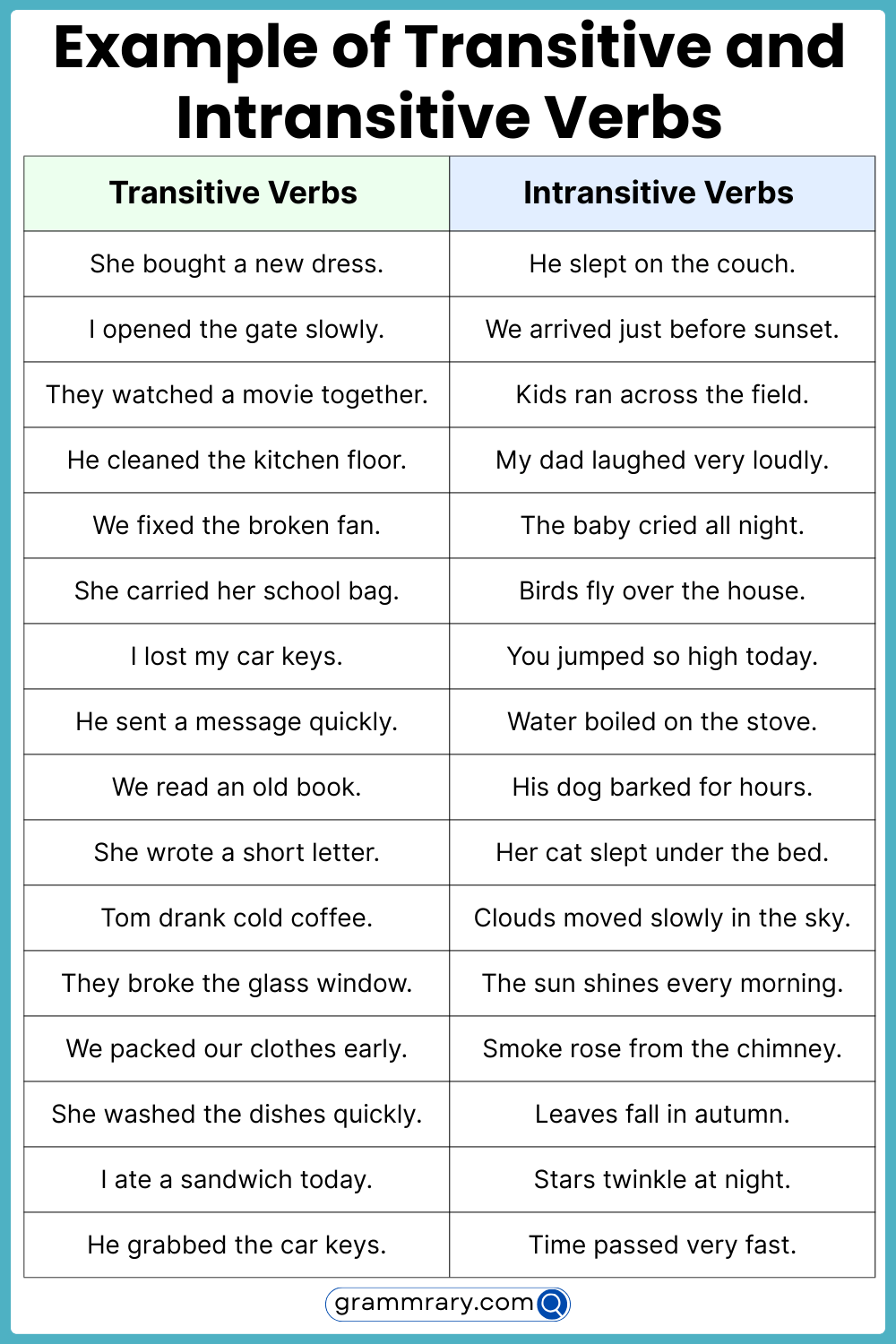Verbs play a crucial role in the structure of a sentence, indicating actions or states of being. Two important categories of verbs are transitive and intransitive verbs. Understanding the difference between these two types of verbs is essential for constructing grammatically correct sentences.
Transitive verbs require an object to complete their meaning, while intransitive verbs do not. This distinction is important as it affects the sentence structure and meaning conveyed.
Transitive vs Intransitive Verbs
Transitive verbs are action verbs that require a direct object to complete their meaning. For example, in the sentence “She ate an apple,” the verb “ate” is transitive as it requires the direct object “an apple” to make sense. Without the object, the sentence would be incomplete.
In contrast, intransitive verbs do not require a direct object to complete their meaning. These verbs can stand alone in a sentence and still make sense. For example, in the sentence “He sleeps,” the verb “sleeps” is intransitive as it does not require an object to convey its meaning.
Some verbs can function as both transitive and intransitive, depending on how they are used in a sentence. For example, the verb “run” can be transitive when used with a direct object (“She runs a marathon”) or intransitive when used without a direct object (“He runs every morning”).
It is important to pay attention to the verb’s requirements for objects to determine whether it is transitive or intransitive. Understanding this distinction can help improve sentence clarity and structure.
Transitive and intransitive verbs play a crucial role in sentence construction and communication. By identifying the verb’s requirements for objects, you can effectively convey your intended meaning and create well-formed sentences.
In conclusion, the difference between transitive and intransitive verbs lies in their need for direct objects to complete their meaning. While transitive verbs require objects, intransitive verbs do not. Understanding this difference is essential for constructing grammatically correct sentences and conveying clear communication.
